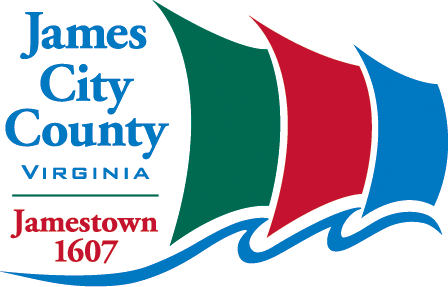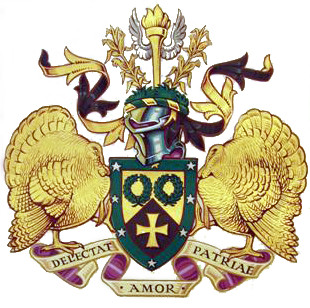Add a little mystery and treasure hunting to your next Trail adventure!
Looking for a new outdoor activity to try? If you love exploring the outdoors and solving mysteries, you have got to try your skills at geocaching! It’s a fun outdoor activity for all ages and it’s FREE. You can head out on your own, but we strongly suggest grabbing a few friends or family members for added fun and friendly competition! All you need is a smartphone or a handheld GPS device and you’re ready to hit the trail.
The Capital Trail has OVER 600 caches hidden along its 52-mile trail stretching from Richmond to Jamestown and they’re all within 600 feet of the Trail. What exactly is geocaching? We are so glad you asked!
Often described as an outdoor scavenger hunt, Geocaching is basically a global game of hide-n-seek. Fun action for all ages, it involves locating hidden caches (containers ranging in size and difficulty) that people have hidden at parks, neighborhoods, along trails, pretty much anywhere.
Ready to Get Started
Create a free account - The only tool you need is a handheld GPS device or a GPS-enabled phone. If you have a smartphone, you’re set. Then visit geocaching.com to create a free account, locate nearby caches, and to download the free geocaching mobile app.
Find a cache – Decide on which cache, or caches if you are feeling adventurous, to find using the online map and search function and you are ready to head out. Be sure to pay attention to the size, terrain ratings, and difficulty level (caches have a difficulty and terrain rating of 1-5 with 5 being the most difficult) and read the cache descriptions. Geocaching can get tricky, some of the treasures may be camouflaged to resemble their surroundings (hidden in hollow tree trunks or disguised as rocks). Some caches require puzzles to solve so be aware of what types of caches you selected before heading out. Most caches have a description and some have helpful hints. When geocaching with kids you should keep it simple, don’t try to squeeze in too many caches in one outing. Remember there is always tomorrow.
Sign the logbook and record your find online – Each cache contains a logbook or sheet of paper for people to sign their name and date. Some caches have toys or trinkets inside that you can trade. The general rule is to leave something of equal or greater value then what you remove from the cache. This could be anything from stickers to small toys. Remember to log your find online. You can also leave a comment or post a photo, just be sure not to give away the hiding spot so you don’t ruin the fun for the next person. Be sure to seal the cache and return it exactly where you found it.
Be Prepared
Before you head out, check the weather and tell someone where you will be headed and your return time. Consider bringing a partner or going in a group. When you park your car or step off the trail, be sure to mark your location with a waypoint. Its easy to get disoriented in the woods and a waypoint will help guide you.
Be careful and pay attention to your surroundings. You don’t want to fall down a hill or step in poison ivy. Always respect the environment and follow leave no trace principles. Geocaching is a great activity to practice ‘Cache In, Trash Out’ (CITO). Bring a bag and some gloves, if you see any trash you can pick it up and pack it out. If you are worried about germs, you can log your find online and return later to sign the logbook. Or send a picture to the cache owner (person who maintains the cache).
Items to bring when geocaching:
Filled water bottle
Snacks
Small first aid kit
Sunscreen
Flashlight (helps you look in dark places)
Closed-toed shoes (in case you go off trail)
Pen or pencil (to sign the logbook)
Small items to trade (optional)
Extra batteries (for GPS handheld device) or a fully charged phone
Geocaching is not only fun, it has some great educational benefits as well. Exploring longitude and latitude help with math and mapping skills. Geocaches can involve solving puzzles or discovering details about local history making it a great activity for problem solving and educational development. The bottom line, geocaching is a fun and healthy way to enjoy the outdoors. You’ll discover hidden gems you never knew existed and learn interesting facts about your community. Give geocaching a try on your next Trail visit!
Do you have any geocaching tips or stories to share? Feel free to post in the comments section below.
Article Updated - August 19, 2022















